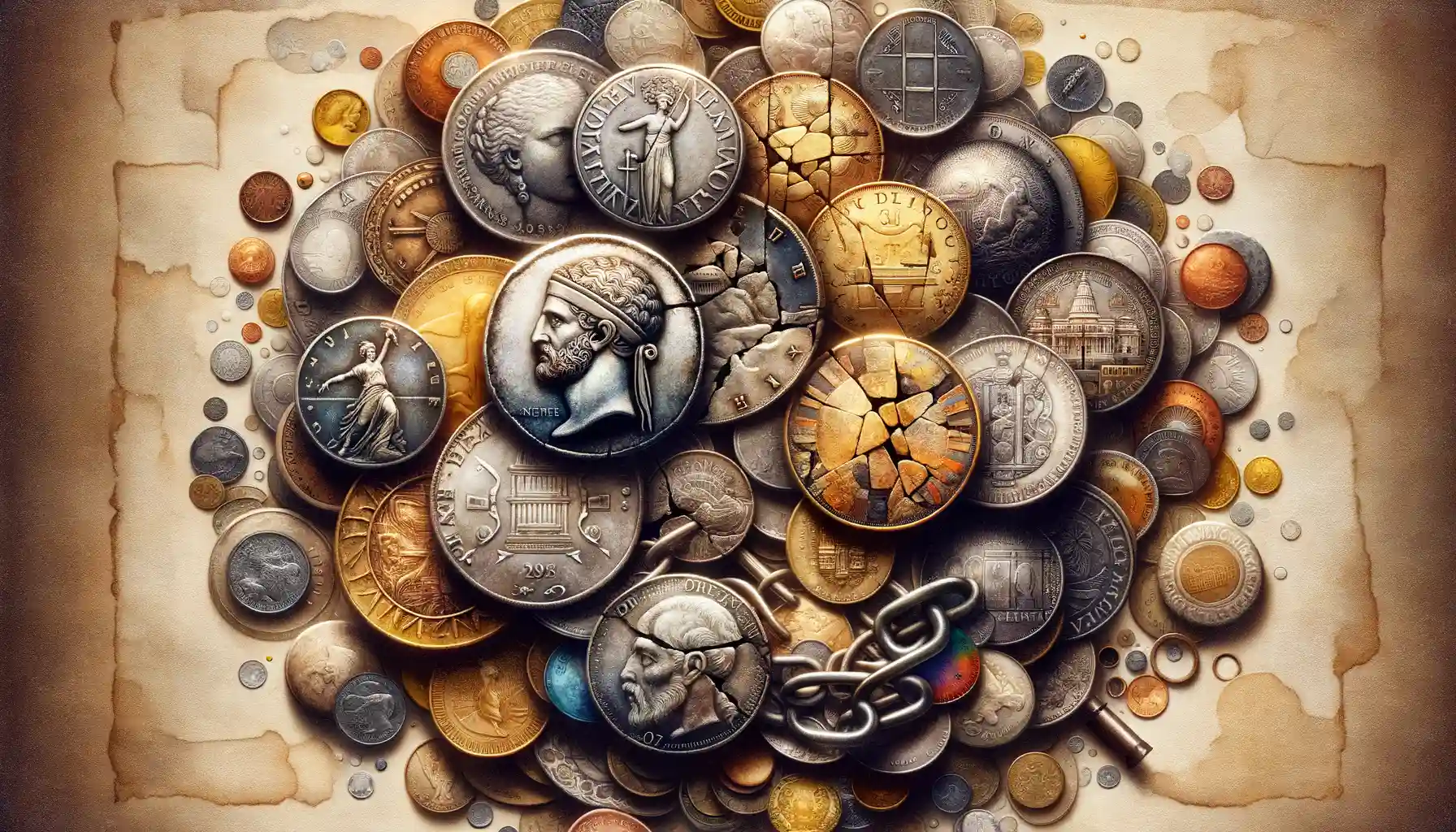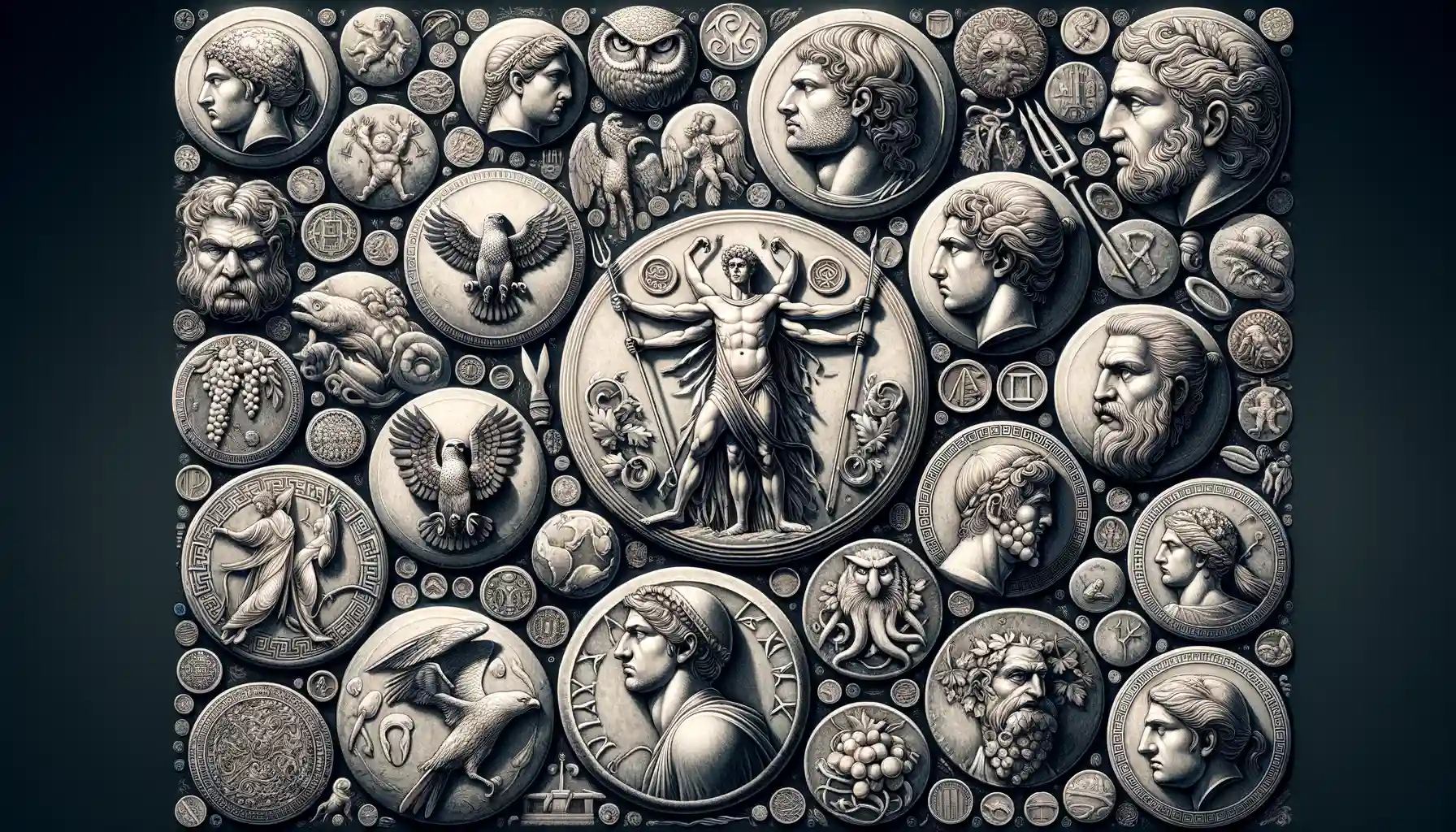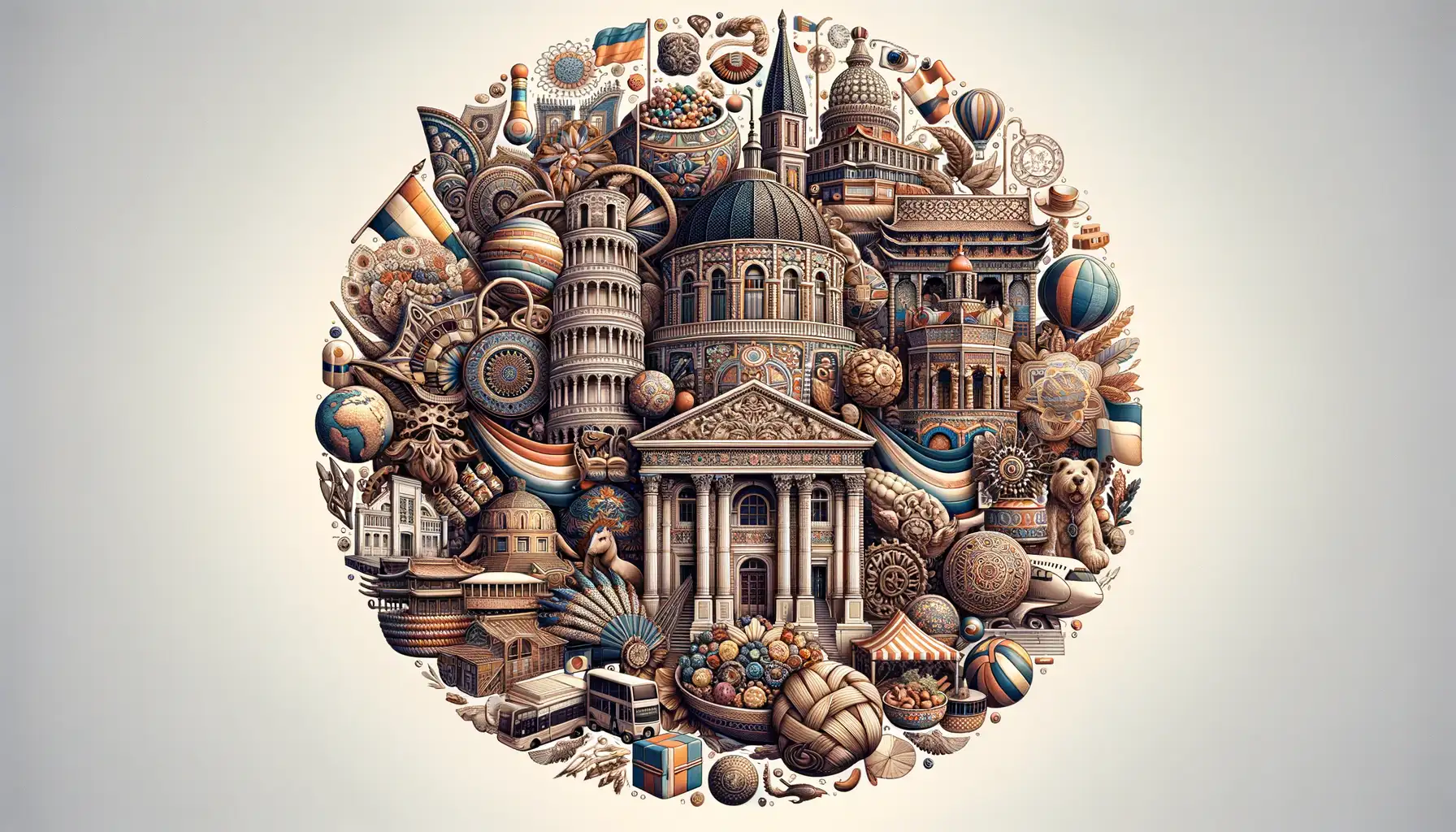Historical Overview of Coins Across Civilizations
The First Spark: Ancient Coins as Symbols of Power
Picture this: the year is 600 BCE, and in the bustling markets of Lydia (modern-day Turkey), merchants trade using small, glinting lumps of metal. These were no ordinary chunks—these were the first coins, etched with the fierce images of lions, announcing the might of their rulers. The invention of coins wasn’t just a financial breakthrough; it was a declaration of power and sophistication. For the Lydians, coins were more than currency; they were a political statement, a glittering promise of stability under their king’s reign.
As civilizations flourished, so did their coins. In the Mediterranean, Greek city-states introduced coins adorned with gods and goddesses—Athena, Apollo, Zeus—each piece like a portable prayer in your pocket. Meanwhile, in China, early coins came in whimsical shapes like knives and spades, a nod to their agricultural roots.
- Roman denarii: Stamped with emperors to showcase their divine rule.
- Indian punch-marked coins: Evolving from barter, inscribed with suns and moons for mystique and meaning.
- Mayan cacao beans: Not metal at all! Proof that “currency” was rich in variety across cultures.
A World Where Coins Tell Stories
Imagine holding a Viking coin, its runic inscriptions whispering tales of Norse expeditions, or a Persian daric gleaming like the sun, carrying the legacy of the Achaemenid Empire. Coins weren’t just money—they were history engraved in metal. They traveled far and wide, exchanged not just for goods but for ideas, art, and cultural identity.
Take the Islamic dinar from the Abbasid Caliphate. Its clean, elegant calligraphy avoided images but spoke volumes about faith and unity. Or the Byzantine solidus, treasured for centuries as a reliable standard of trade. Each coin is a chapter, each inscription a line in humanity’s story, and you can almost hear echoes of ancient voices with every gleam of silver or gold.
Symbolism and Artistic Representation in Coin Design
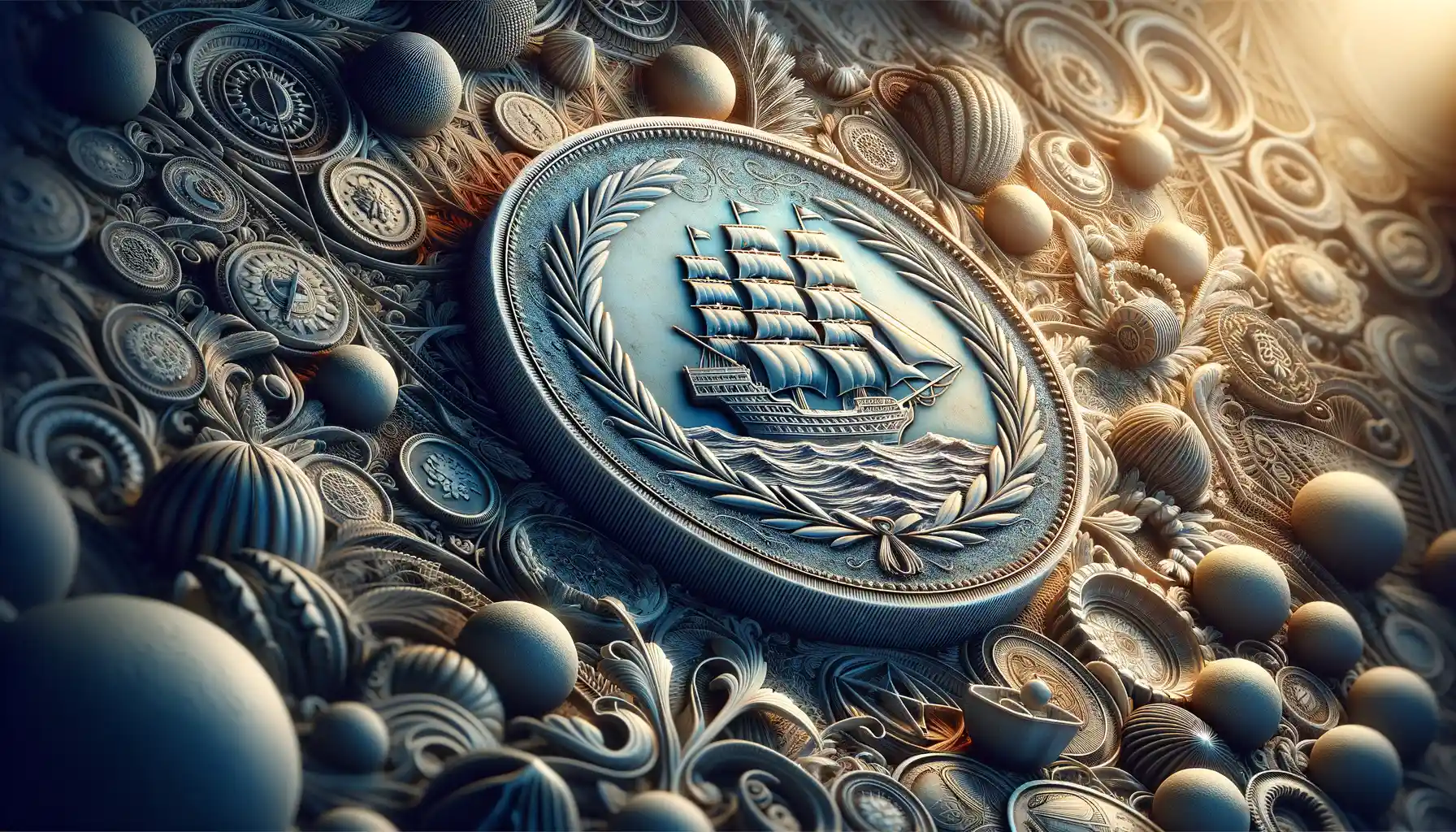
The Language of Symbols: Coins as Storytellers
Coins are not mere currency; they are miniature canvases, each whispering a story of its time. Think about it—have you ever held a coin and wondered about the symbols etched onto its surface? Those intricate designs are deliberate, meant to embody power, heritage, and identity.
Take the mighty Roman denarius, for example. Its emperors didn’t just slap their portraits on there for vanity. Those faces, framed by laurel crowns, proclaimed divine authority and invincibility. And that olive branch or eagle you’ve seen on modern coins? They’re quiet nods to peace and freedom, values nations hold dear.
Sometimes the artistry astounds. Imagine the painstaking detail of Japan’s 500-yen coin, where cherry blossoms celebrate the fleeting beauty of nature, or the Indian 1 Rupee coin, where Ashoka’s lions roar unity. Coins speak, but only to those who pay attention.
- Animals, often symbolic of strength or wisdom, play starring roles—lions, eagles, and mythical creatures alike.
- National landmarks, like the Parthenon or the Statue of Liberty, immortalized in gleaming metal, bind us to cultural roots.
Hold a coin close. Feel its weight. It’s a pocket-sized museum, brimming with artistic energy we sometimes overlook.
Coins as Tools for Trade and Economic Development
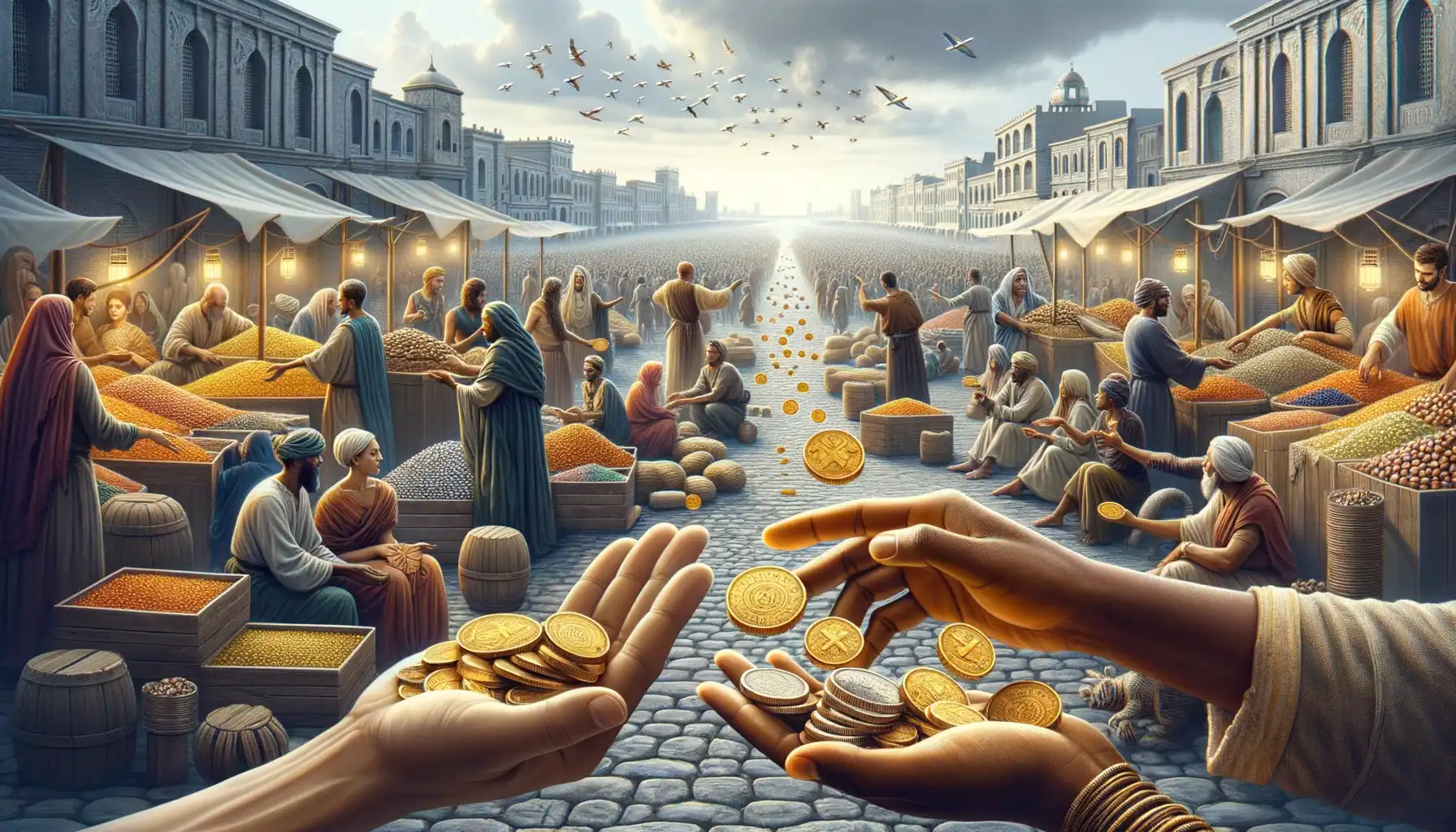
Shaping Commerce: Coins as Catalysts of Connection
Imagine a bustling marketplace thousands of years ago—a swirl of colors, sounds, and eager voices. In the middle of it all, coins glint in the sunlight, moving from hand to hand. These small, unassuming pieces of metal weren’t just tools; they were *revolutionary*.
Coins, with their stamped faces and intrinsic value, bridged gaps between traders who spoke different languages or came from distant lands. Unlike barter, which relied on finding someone who urgently needed what you offered, coins acted as a universal handshake. They brought simplicity and fairness to trade—and with that, trust.
- Standardized weight and value: Coins removed the uncertainty of trading goods like grain or livestock, where quality might vary wildly.
- Portability: A bag of coins was worth its weight—literally. Imagine carrying sacks of wheat instead!
- Scalability: From local bazaars to sprawling Silk Road caravans, coins empowered commerce across every scale imaginable.
Economic Flourish Through Tiny Discs
But coins didn’t just make trade easier—they fueled empires and economic revolutions. The Roman denarius, for instance, was more than currency; it became a symbol of Rome’s power, facilitating commerce over vast territories. Similarly, the Chinese use of bronze coins helped standardize transactions across their enormous Han Dynasty.
Today, we marvel at how these tiny discs catalyzed entire systems of wealth and prosperity. It’s no exaggeration to say that without them, societies would have struggled to grow beyond isolated villages. Coins weren’t just facilitators—they were architects of opportunity, inspiring humans to dream bigger, build stronger, and connect deeper.
Religious and Ceremonial Roles of Coins
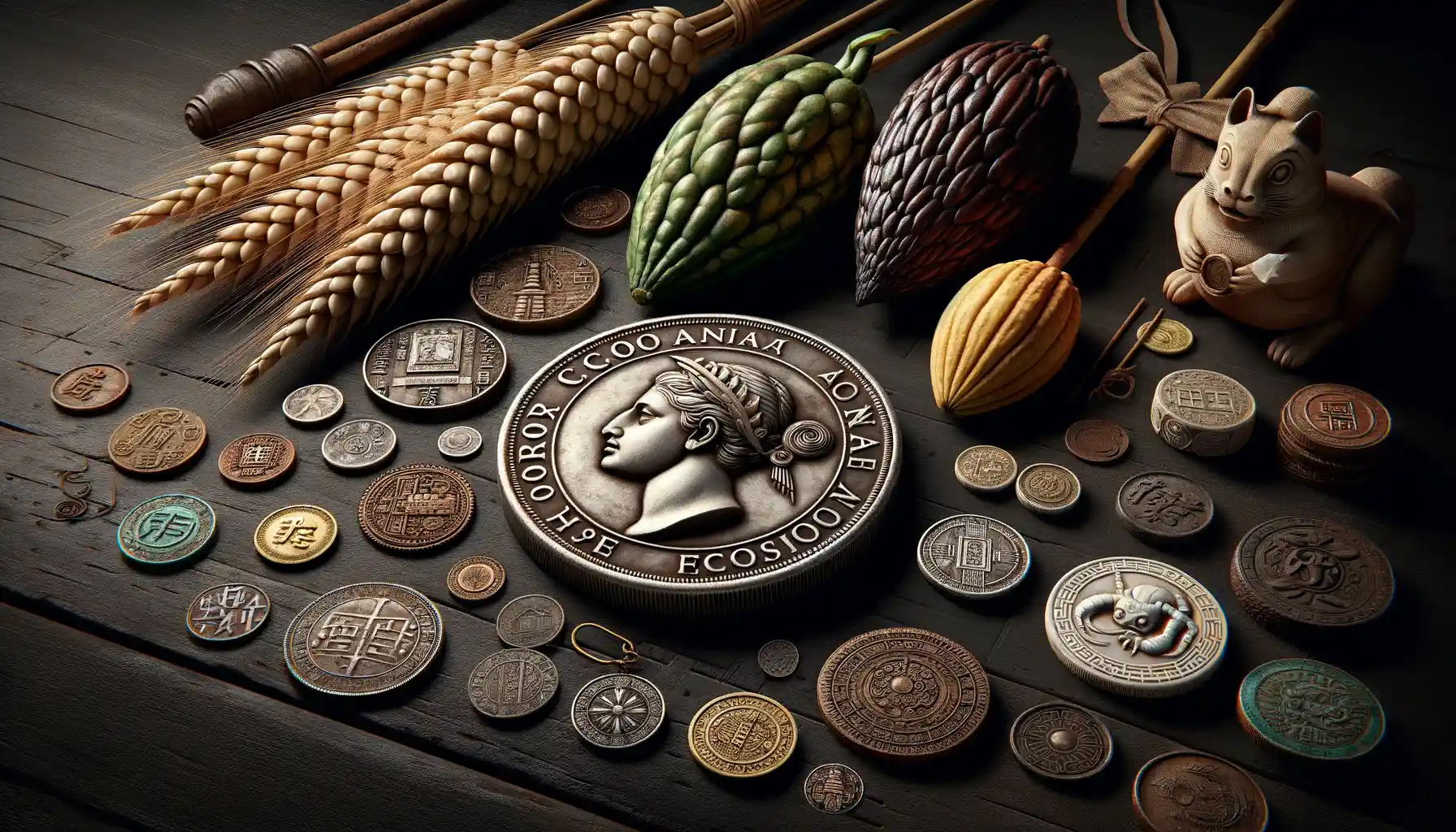
The Sacred Power of Coins in Rituals
Throughout history, coins have shimmered not just as currency, but as potent symbols in spiritual and ceremonial practices. Imagine a small, gleaming coin clasped tightly in prayerful hands—its metallic presence merging the earthly and the divine. Coins have often served as offerings, bridges between humans and their gods, speaking a silent yet heartfelt language of devotion.
In ancient Greece, people would place coins in the mouths of the deceased, a payment for Charon, the mythological ferryman who guided souls across the River Styx. Similarly, in Hindu traditions, coins adorned with sacred imagery are offered during pujas, their metallic surface said to carry blessings back to the giver. Think about that—the same coin used to buy bread can also become the thread connecting you to higher realms.
An Intimate Role in Ceremonial Life
Coins have also found their way into life’s biggest transitions. During weddings, it’s common in some cultures to exchange them as tokens of unity: Spanish arras coins, for example, symbolize trust and financial partnership. In others, new mothers receive coins sprinkled with rice to ensure prosperity and protection for their child.
Take a quick glimpse at their uses:
- Thrown into fountains while making a wish—binding hope to action.
- Baked into cakes or puddings for holidays, bringing fortune to the finder.
- Placed under foundations of buildings for blessings and stability.
Every ritualized act involving coins whispers stories of faith, hope, or even superstition. What’s remarkable is how they carry so much meaning in such a small, unassuming form. Coins may be small, but their roles in ceremonies have been monumentally significant.
Modern Perspectives on the Cultural Value of Coins
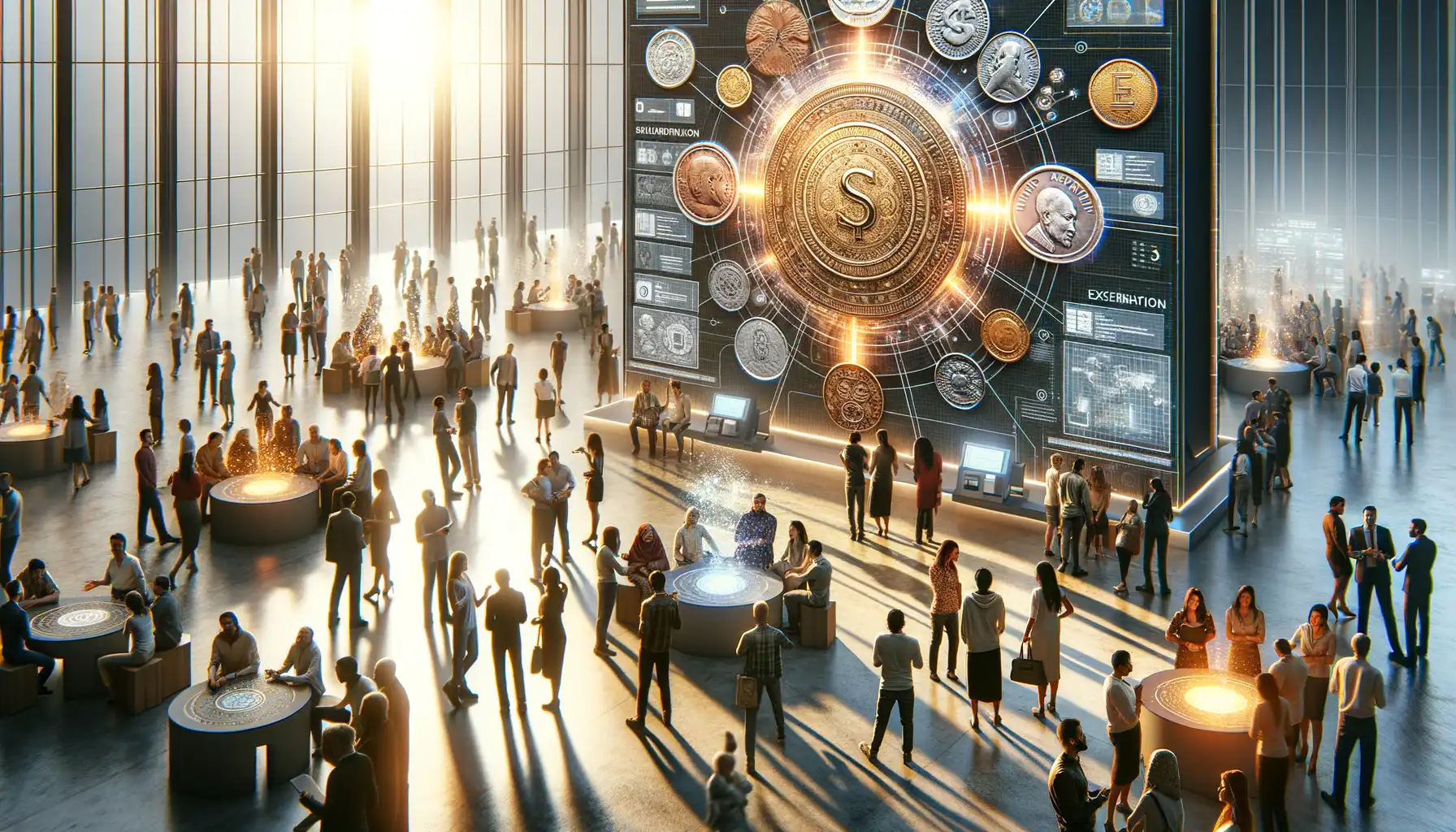
The Everlasting Story Coins Tell
Coins today are more than just currency—they’re storytellers, time travelers, and even little artworks tucked into your pocket. Have you ever flipped a coin and found yourself mesmerized by the intricate designs? That’s no accident. Modern coins carry layers of cultural value that stretch far beyond their monetary worth.
Think about it: a single coin could feature symbols of national pride, famous historical figures like Abraham Lincoln or Queen Elizabeth II, or even contemporary movements like environmental conservation. They whisper stories of heritage while still feeling refreshingly modern.
Collecting coins has also taken on new dimensions. It’s no longer just for numismatists with magnifying glasses. People collect coins to preserve moments—an Olympic event, a royal wedding, a scientific breakthrough. It’s about holding history in your hands, quite literally.
- Limited-edition coins celebrating pop culture, like Marvel superheroes, tie the past to the present.
- Commemorative coins offer a glimpse into pivotal global events, from space exploration to peace treaties.
These tiny metal discs represent connection. From the hands of collectors to digital marketplaces trading rare finds, they remain a universal language, transcending borders and cultures.
Coins in Modern Art and Media
It’s not just museums and collectors where coins shine; they’ve made their way into art galleries and entertainment too. Modern artists often repurpose coins in stunning sculptures, turning them into thought-provoking pieces that challenge our understanding of value—both monetary and emotional.
And let’s face it, coins have never been so cinematic! Blockbusters like “Pirates of the Caribbean” use ancient coins as central plot devices, lending them an aura of mystery and excitement. Similarly, video games frequently feature virtual coins as rewards or lifelines, further cementing their place in pop culture.
Coins remind us that beauty and meaning exist in the smallest, most overlooked objects. Next time you pick one up, ask yourself: what story is this coin telling me?



